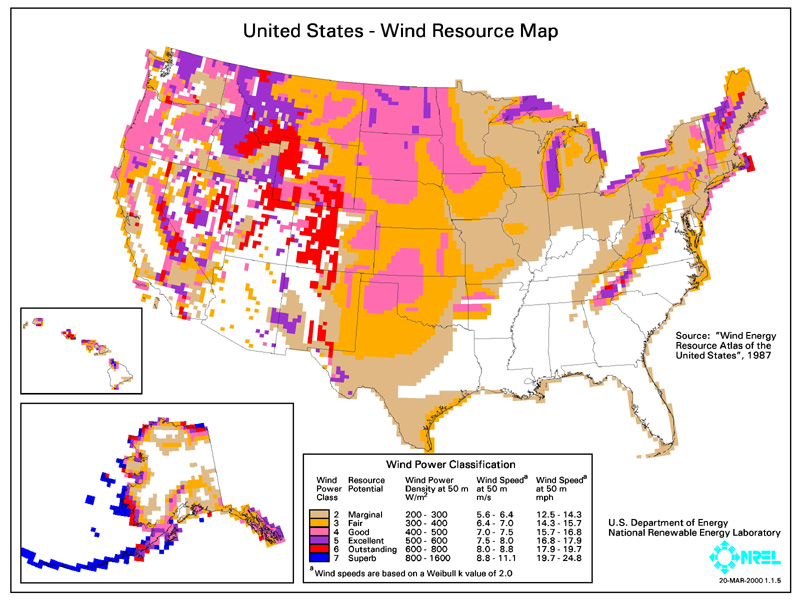A three-judge panel at the U.S. Nuclear Regulatory Commission (NRC) denied a filing by Massachusetts to stop the relicensing of Entergy's 685-megawatt Pilgrim nuclear power plant in Massachusetts.
This had never seemed a good bet for Massachusetts, which had based its contention on events at Japan’s Fukushima Daiichi. Since the NRC is working to apply lessons learned from Fukushima to the American fleet, the state’s contention seemed irrelevant. But – there are further steps to be taken:
The NRC said the state could appeal the ASLB ruling against its Fukushima contention to the five-member, presidentially appointed Commission that oversees the NRC.
The ASLB is is the Atomic Safety and Licensing Board, which handles these issues. It was the ASLB that created a minor tempest when it ruled the Department of Energy could not withdraw its license application for Yucca Mountain from the NRC. This is smaller in scope, but an important step to (re)establishing where the state’s authority over nuclear facilities ends.
---
A little news from Durban, South Africa, where the United Nation’s climate change conference (COP17) is taking place:
Blobs of black oil have mysteriously surfaced on the beaches north of Durban, threatening to spoil them for holidaymakers ahead of the festive season.
Residents began noticing pockets of oil on the shores of Zinkwazi, Salt Rock, Zimbali and Blythedale beaches.
Not very climate changey. Anything else?
As COP17 kicked off on Monday in Durban, several people were reported dead following flooding over the weekend.
The eThekwini Municipality said 10 fatalities were reported, with five of the cases having been confirmed following flooding that resulted in damage to property and infrastructure in Umlazi on Sunday.
The worst-hit area is the central region, with 19 reports of flooding affecting shacks at Quarry road and Puntan's Hill.
Any questions?
(h/t ThinkProgress)
---
And now, for something completely different:
In the race against world governments and the wealthiest companies to commercialize a nuclear fusion reactor, a small, innovative Canadian firm is hoping to bottle and sell the sun's energy.Ah, sweet mystery of fusion, never to die. The main problem with fusion, as the story notes, is that it takes a cup full of electricity to produce a thimble full. Forget about economy of scale – there’s no economy whatever.
In a laboratory in this Pacific Coast city [Burnaby, Vancouver], General Fusion physicists and engineers in bright red smocks are busy assembling an experimental reactor.
They hope to test a prototype in 2014 and eventually become the first to commercialize the technology, offering a safe, cheap, pollution-free and virtually inexhaustible source of energy.
But you’ve got to admire people who look at the sun and think, I can do that, and then try to do that. The only drawback is that it leads to tears – again and again.
General Fusion admits its chances of success are slim -- but backers believe in its proposal, and are pouring CAN$30 million into the project.
Good work if you can get it. Can’t help but wish General Fusion well.
One detail in the story produced a sour burp:
"The central challenge is still that fossil fuels -- getting them out of the ground and burning them -- is still so cheap to do that there is not an adequate incentive to invest in renewables or other low carbon technologies," said Matt Horne, director of the Pembina Institute.
There’s nothing particularly wrong with Pembina, a Canadian think tank – it doesn’t like nuclear energy very much, but you can’t have everything - but I do think there’s plenty of incentive to invest in low carbon technologies. In any event, it’s an odd argument from a Canadian outlet – the country generates almost 60 percent of its electricity from hydro. Go figure.
Blobs of black oil - in New Zealand, in this instance.









![[image3.png]](https://blogger.googleusercontent.com/img/b/R29vZ2xl/AVvXsEjKWqyMW_xo7tHR26cN1ielSacDpsRSmeYWfa0IfNxLEO8FEv4qHVe7qhl8QEnf3G7Mwtr0nW0JqdvO5pJbf1iie0Omgid5qiCGsSBgFIkd7sCb2GsQpK6ksE2j6KrXIKO5xBbex03tgBSw/s1600/image3.png)
